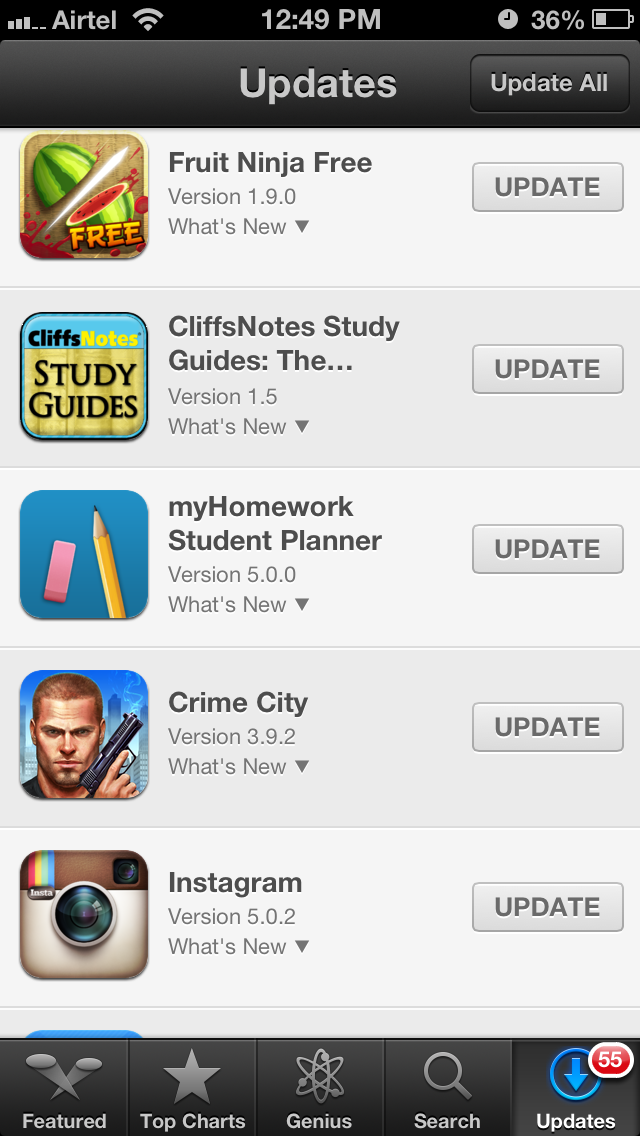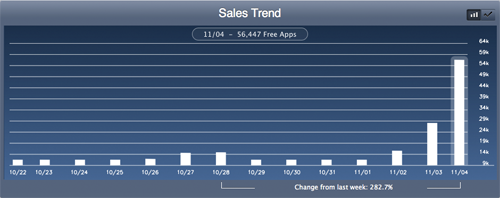From Amazon
New Updates and Releases
Amazon Coins Now Available on Android
We recently extended Amazon Coins to all Android devices with Amazon Appstore installed. Amazon Coins is a way for Amazon Appstore customers to buy and enjoy Android apps, games, and in-app items for less. Customers can save up to 10% on apps and games by purchasing Amazon Coins, while developers continue to get their full 70% revenue share. Learn more about Amazon Coins for Android here.
SDK Update Available on the Appstore Developer Portal
We recently posted an update to the Appstore SDK. This update introduces two material changes. These changes include: Unity3D plugin and AdobeAir Plugin. Download the latest SDK to get the latest UNITY and Adobe plug-ins and remove the old plug-ins. Learn more about the update here.
Tips and Tricks
Setting Up the ADB Driver for Kindle Fire Devices
Setting up your Kindle Fire device for testing and debugging is a simplified process thanks to Android Debug Bridge (ADB) support. First, ensure your development computer has at least one package of Kindle Fire system images installed. This is critical because the package includes the vendor identification needed for ADB to recognize any of the physical Kindle Fire tablets. This is done through a series of easy steps. Read the full article on how to setup your ADB driver here.
Distributing HTML5 Web Apps in the Post PC World
In a world quickly moving toward mobile device adoption, there is a growing pressure for web developers to learn new languages in order to adapt to the ever-changing landscape of content delivery. For the past 16+ years, web has been the king of mass distribution. But now as app stores on mobile devices are driving huge monetization opportunities, how do web developers stay competitive in this new “post PC world”? The key is to understand how you can maximize your web app’s potential in the distribution vs. monetization model. Read the full article here.
Tracking Events Using the Amazon Mobile Ads API
When displaying ads in your apps and games, you may want to know how often you are actually displaying ads to your users, what types of ads are being displayed, and how your users are interacting with an ad. Thankfully, the Amazon Mobile Ads API includes events that can aid you in understanding performance of ads displayed on your apps. You have the ability to track when an ad is successfully displayed from the Amazon Ad Network, how long a user views an ad, and when your user opens or closes a rich media expandable banner ad. Learn more about tracking events here.












